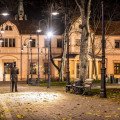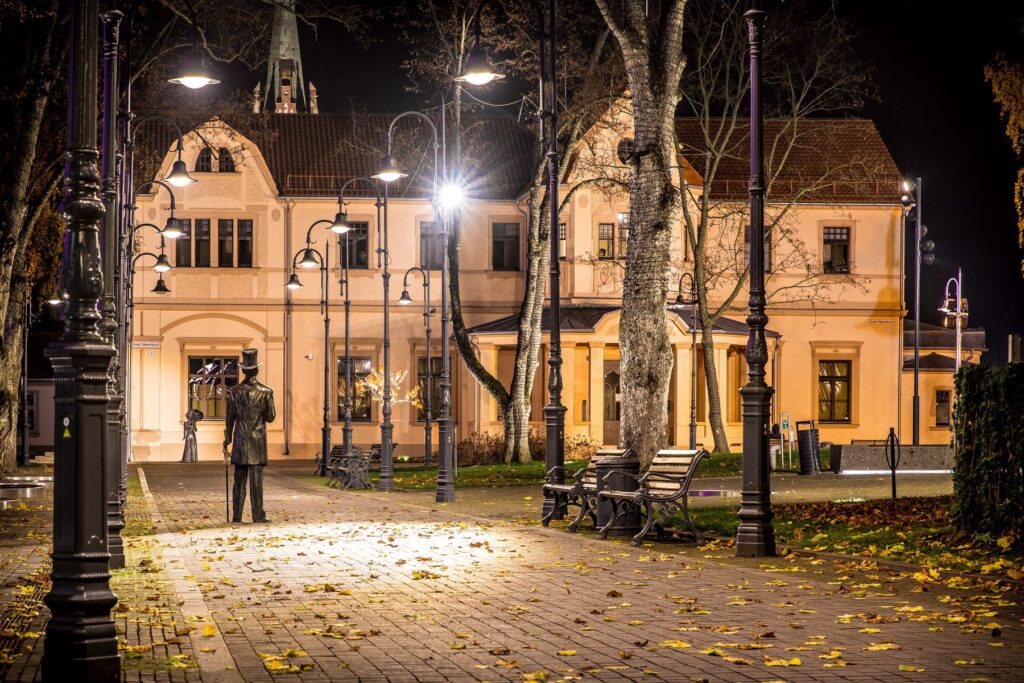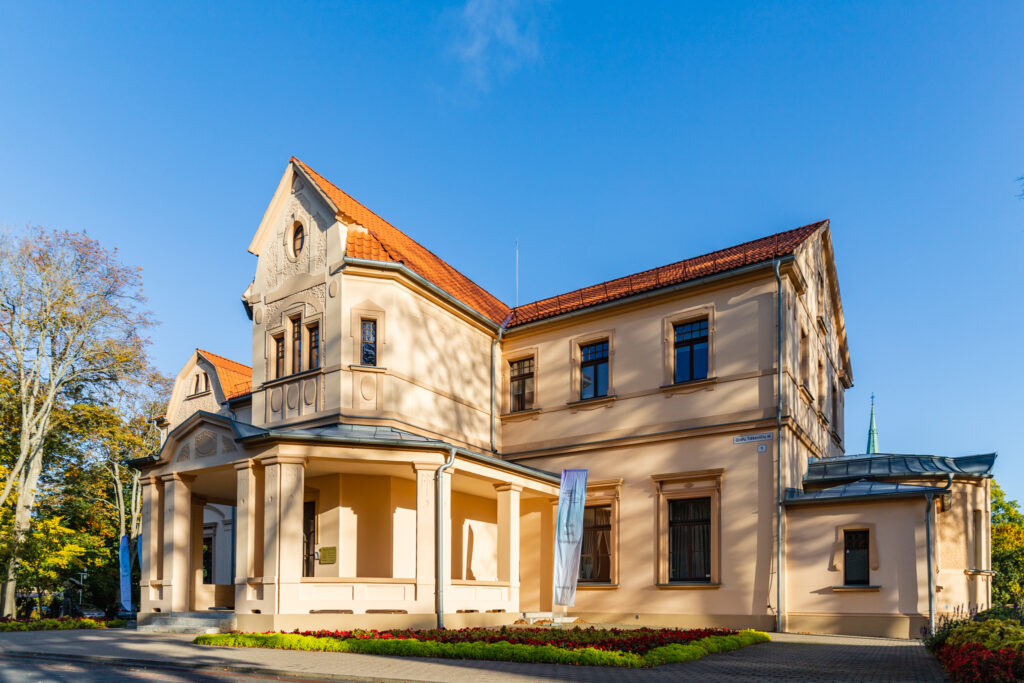Palanga Kurhaus

154

1

0
Palanga Kurhaus is one of the most important symbols of the resort, with its history beginning in 1877 when it was established by the Tiškevičiai family as a restaurant and hotel. Quickly becoming a popular gathering place for vacationers, it hosted dances, concerts, and performances. After burning down in 2002, the Kurhaus was restored and rebuilt in 2012, with authentic details such as oak parquet floors and an 18th-century chandelier recreated. In 2021, the wooden part of the Kurhaus was opened, housing a theater hall for events and official receptions. Since 2015, the Palanga Culture Center has been located here, organizing over 250 events annually.
Info
-

Architecture
-
Palanga
-



 Entertainment
Entertainment
 Food establishments
Food establishments





























 55.916124, 21.064672
55.916124, 21.064672
 Get directions
Get directions










